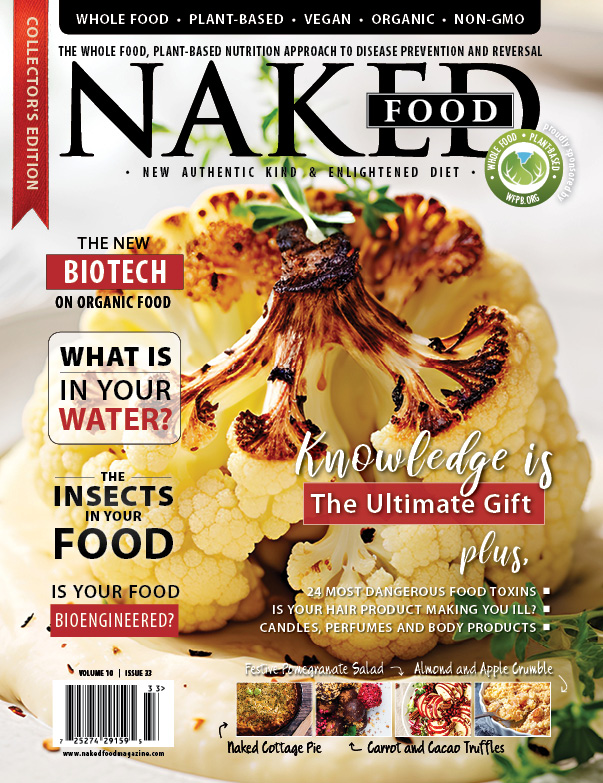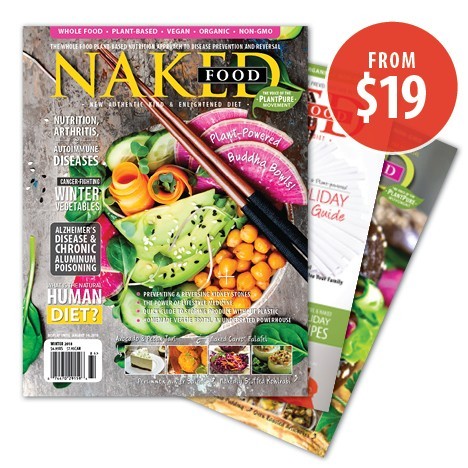Sunny Days, Skin Cancer, and Vitamin D
Have you ever wondered how something as natural and omnipresent as sunlight could hurt you? Over eons of evolution (or by Divine creation, if you choose) people have been exposed to the sun’s radiation – you would think by now we would have adapted so as to live in harmony with this enveloping environment. Yet, expert doctors warn us to avoid almost any exposure to these potentially damaging rays – the sun’s radiation is known to suppress our immune system, give us cancer, and cause us premature aging.
However, there is a dilemma: we need this form of radiant energy for good health – in fact, without it, our bodies become diseased with severe bone deformities (rickets). Most recently, research has shown that without the sun’s life-giving energy we are at thirty times greater risk of death from cancer.
Everyone feels better when the sun comes out. In addition to the cosmetic effects of tanning – making people more satisfied with their appearance – sunlight causes people to feel more active, energetic, balanced, strengthened, and less nervous.1 Many people can identify with the low-sunlight, winter depression symptoms of fatigue, lowered motivation, sleepiness, increased appetite, weight gain, irritability, and decreased sociability.2 Nicely summarized, sunshine is health and happiness.
Scientific research shows sunshine to be an effective treatment for rickets, osteomalacia, osteoporosis, acne, eczema, psoriasis, neonatal jaundice, and depression (Seasonal Affective Disorder).7-8 Most recently, solar energy has been found to prolong the life of people with our most common forms of cancer.6-7 All considered, when was the last time you heard of a doctor recommending an hour of an afternoon sunning for a patient’s troubles? Which pharmaceutical company sells sunshine?
Animal experiments reported as early as 1939 provided the first clues about the influence of our diet on the risk of skin damage from sunlight.9 Researchers discovered a diet high in fat increased the numbers of ultraviolet (UV) radiation-induced skin cancers in mice. In the 1980s, studies showed that switching from a high-fat to a low-fat diet immediately after the ultraviolet light exposure reversed the cancer-promoting effects of the high-fat diet.9 These findings suggested that changing a person’s diet, even after exposure to UV light, might prevent future skin cancers, and possibly reverse the effects of the sun’s damage.
This may surprise you, but even more than animal (saturated) fat, polyunsaturated oils derived from vegetables (like corn and safflower oils) are found to be the strongest promoters of skin cancers in people and experimental animals, of any foodstuffs that we eat.10 This danger only applies to free oils, like those found in a bottle. Please understand that when the oil is still in its natural state, as part of the components of the fruit or vegetable, it is perfectly safe, and as you know, health-promoting.
The most serious warning about the sun comes from the fear of developing the very deadly skin cancer, melanoma. This fear is unfounded. Research clearly shows that sun exposure has little to do with the cause of this kind of cancer – in fact, there is good evidence that sunshine can help prevent this vicious cancer, and can even slow its growth – doubling a patient’s chances of surviving.11,12 Melanoma is believed to be due to a diet high in fat, especially vegetable oils, and low in fruit and vegetables.13
(Full Article Available in the Summer 2015 issue of Naked Food Magazine.)
Reference Excerpt:
1) Gambichler T, Bader A, Vojvodic M, Bechara FG, Sauermann K, Altmeyer P, Hoffmann K. Impact of UVA exposure on psychological parameters and circulating serotonin and melatonin.
BMC Dermatol. 2002 Apr 12;2(1):6.
2) Magnusson A. Seasonal affective disorder: an overview. Chronobiol Int. 2003 Mar;20(2):189-207.
6) Egan KM, Sosman JA, Blot WJ. Sunlight and reduced risk of cancer: Is the real story vitamin D? J Natl Cancer Inst. 2005 Feb 2;97(3):161-3.
7) Giovannucci E. The epidemiology of vitamin D and cancer incidence and mortality: A review (United States). Cancer Causes Control. 2005 Mar;16(2):83-95.
8) Hoekstra R. Effect of light therapy on biopterin, neopterin and tryptophan in patients with seasonal affective disorder. Psychiatry Res. 2003 Aug 30;120(1):37-42.
9) Black HS. Influence of dietary factors on actinically-induced skin cancer. Mutat Res. 1998 Nov 9;422(1):185-90.
10) Harris RB, Foote JA, Hakim IA, Bronson DL, Alberts DS. Fatty acid composition of red blood cell membranes and risk of squamous cell carcinoma of the skin. Cancer Epidemiol Biomarkers Prev. 2005 Apr;14(4):906-12.
11) Berwick M, Armstrong BK, Ben-Porat L, Fine J, Kricker A, Eberle C, Barnhill R. Sun exposure and mortality from melanoma. J Natl Cancer Inst. 2005 Feb 2;97(3):195-9.
12) Christophers AJ. Melanoma is not caused by sunlight. Mutat Res. 1998 Nov 9;422(1):113-7.
13) Millen AE, Tucker MA, Hartge P, Halpern A, Elder DE, Guerry D 4th, Holly EA, Sagebiel RW, Potischman N. Diet and melanoma in a case-control study. Cancer Epidemiol Biomarkers Prev. 2004 Jun;13(6):1042-51.

























June 14, 2016
Thank You and keep spreading the oil-free WFPB diet message.
July 25, 2015
Dr. McDougall, I wish you had said something about children. Can young children play in the sun without sunscreen? I see parents constantly applying sunscreen to their kids.
July 27, 2015
Hi Arun, thanks for commenting. You will find more information in the complete article, which is featured in the current Summer issue of Naked Food Magazine.